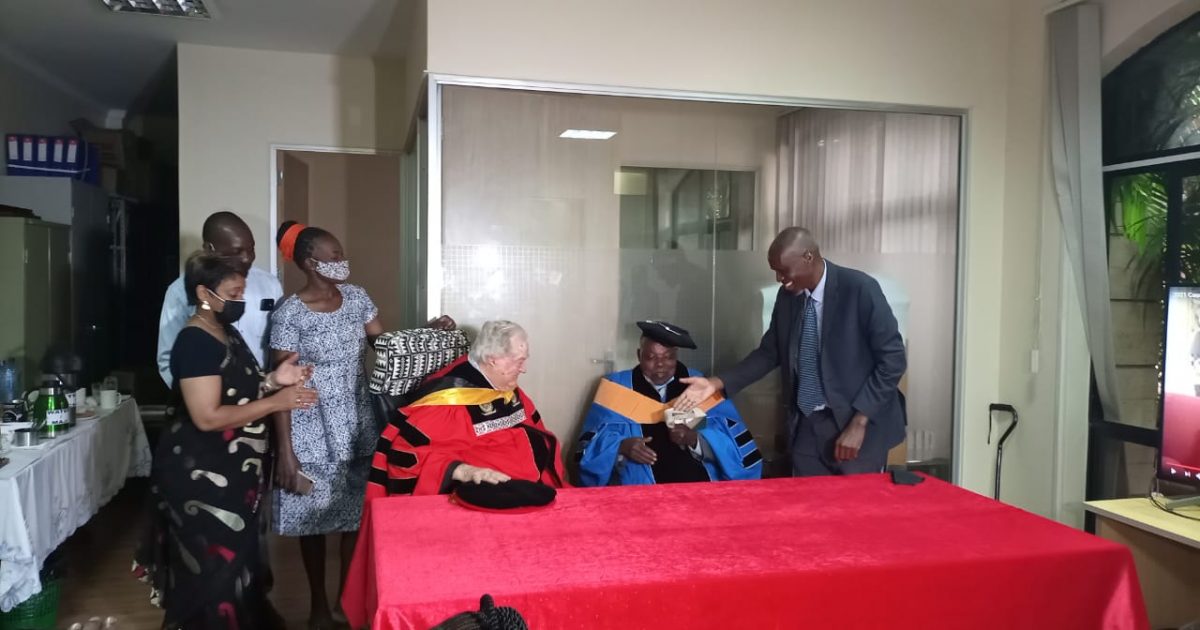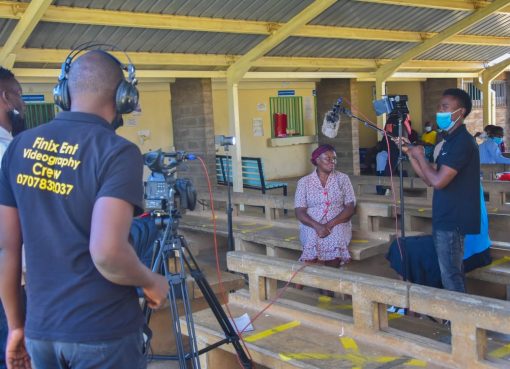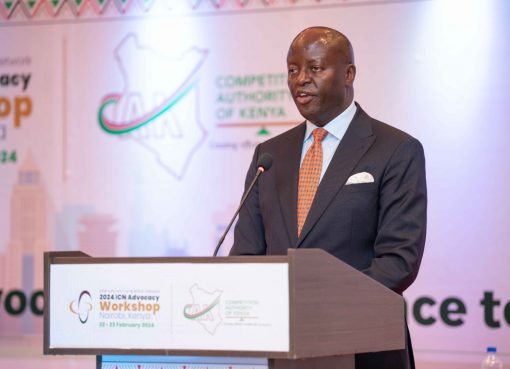Paleontologist and National Museums of Kenya Curator for Prehistoric Sites, Kamoya Kimeu, has been awarded a Doctorate degree for his contribution in the field.
Kimeu was awarded a Doctor of Science Degree by Case Western Reserve University at a virtual graduation ceremony held on May 30 in Karen, Nairobi.
He was one of the three Honorary Degree recipients of Doctor of Science.
Speaking during the event, Archaeologist, Dr. Richard Leakey, commended Kimeu for his contribution to the field of paleontology, saying he was a hardworking and dedicated man.
While appreciating the development in archaeology, Dr. Leakey said there is still a long way to go in the discovery of fossils.
While appreciating the Turkana University College for its efforts in the field of human evolution that has seen it start a master’s degree programme in human evolution biology, Dr. Leakey said a lot of potential on the eastern side of Lake Turkana remains unexplored.
“We have a long way to go and it is still very sad that focus has been on the western side of lake Turkana yet more than 80 percent of the fossils we are talking about came from the East side of the lake,” said Leakey.
He added that there is a need to give opportunities for the boys and girls in Turkana to become leaders in their own right.
“You don’t need Phd holders, they can be certificates, a combination of sciences, teachers and Turkana University College needs to be saluted for picking up the challenge and doing what they are doing,” he said.
Director of Research and Science at the Turkana Basin Institute, Prof. Isaiah Nengo, described Kimeu as one of the greatest paleontologists of all times.
“Awarded Paleontologist and National Museum of Kenya Curator for prehistoric sites for Kenya, Kimeu is a leading figure in the origins of science. His discoveries have inspired a deeper understanding of humanity’s development,” said Prof Nengo.
Among the numerous fossil discoveries, Kimeu is especially noted for findings that have provided important insights into human ancestry.
In Tanzania, his discovery of the Peninj Mandible of Paranthropus boisei, shed light on previously unknown hominin diversity and debunked the idea that only hominin species could exist at the same time in a single location.
Another finding, a 195,000-year-old Homo sapiens skull proved to be the earliest known specimen of the human species.
For his contribution to the society, national geographic bestowed its greatest honour, the prestigious LaGorce medal, to Kimeu. The then USA President, Ronald Reagan, presented the award to him in 1985. Kimeu is highly regarded in the paleontological field.
By Peter Gitonga





